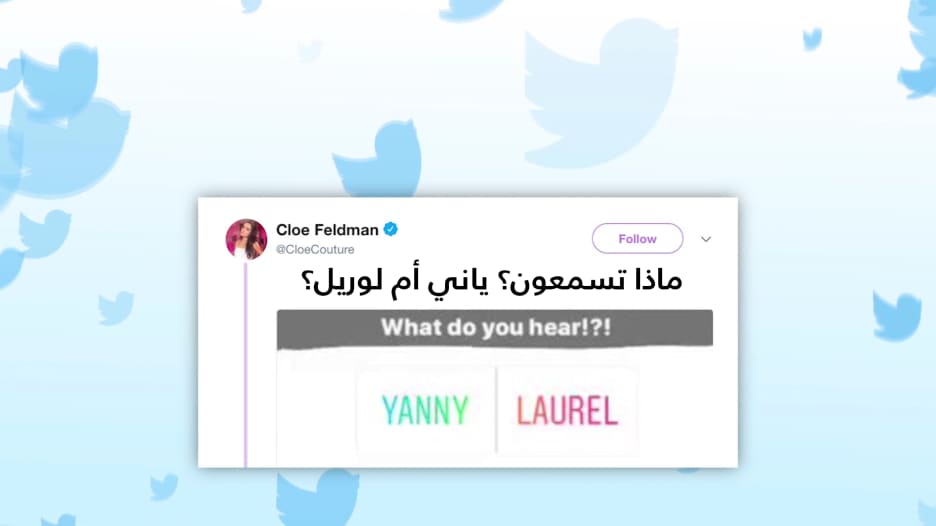ملاحظة المحرر: الآراء الواردة في هذا المقال هي آراء الكتاب فقط. تعرض CNN أعمال The Conversation، وهي عبارة عن تعاون بين الصحفيين والأكاديميين لتحليل الأخبار والتعليق. تم إنتاج المحتوى فقط بواسطة The Conversation.
دبي، الإمارات العربية المتحدة (CNN)-- بصفتي جراحًا متخصصًا في علاج المرضى الذين يعانون من مشاكل في الصوت، أقوم بتسجيل حديث مرضاي بشكل روتيني، هذه التسجيلات قيمة للغاية.
وتسمح هذه التسجيلات بتتبع التغييرات الطفيفة في أصواتهم من زيارة إلى أخرى، وتؤكد ما إذا كانت الجراحة أو العلاج الصوتي، قد يساعدان في أي تحسينات.
ورغم ذلك، إلا أنني أندهش من مدى صعوبة هذه الجلسات على مرضاي.
يشعر الكثيرون بعدم الارتياح بشكل واضح عند سماع أصواتهم، ويتساءلون: "هل يبدو صوتي هكذا حقًا؟".
(نعم يبدو كذلك).
ويشعر بعض الأشخاص بالانزعاج إلى درجة أنهم يرفضون الاستماع إلى التسجيل، ناهيك عن متابعة التغييرات الدقيقة التي أريد تسليط الضوء عليها.
وربما يكون الانزعاج الذي نشعر به عند سماع التسجيلات الصوتية ناتجًا عن مزيج من علم وظائف الأعضاء وعلم النفس.
أولاً، ينتقل الصوت من تسجيل صوتي إلى عقلك بشكل مختلف عن الصوت الذي يُطلق عند التحدث.
وعند الاستماع إلى تسجيل صوتك، ينتقل الصوت عبر الهواء إلى أذنيك، ما يشار إليه باسم "التوصيل الهوائي".
وتعمل طاقة الصوت على اهتزاز طبلة الأذن وعظام الأذن الصغيرة، ثم تنقل هذه العظام الاهتزازات الصوتية إلى القوقعة، ما يحفز المحاور العصبية التي ترسل الإشارات السمعية إلى الدماغ.
ورغم ذلك، إلا أن صوتك يصل إلى الأذن الداخلية بطريقة مختلفة عندما تتحدث.
وبينما ينتقل بعض الصوت من خلال التوصيل الهوائي، يتم توصيل جزء كبير من الصوت داخليًا مباشرةً من خلال عظام الجمجمة.
وعندما تسمع صوتك بمجرد التحدث، يعود ذلك إلى مزيج من التوصيل الخارجي والداخلي، ويبدو أن التوصيل العظمي الداخلي يعزز من الترددات المنخفضة.
ولذلك، يرى بعض الأشخاص أن صوتهم أعمق وأكثر ثراء عندما يتحدثون. وفي المقابل، يمكن أن يبدو الصوت المسجل أكثر رقة وأعلى حدة، الأمر الذي يجده الكثيرون محرجًا.
ويتواجد سبب ثانٍ يمكن أن يجعل سماع تسجيل صوتك مزعجًا للغاية. إنه حقًا صوت جديد، صوت يكشف الفرق بين إدراكك لذاتك والواقع.
ونظرًا إلى أن صوتك فريد ومكوِّن مهم للهوية الذاتية، فقد يكون عدم التوافق هذا أمرًا مزعجًا، حيث تدرك فجأة أن الناس كانوا يسمعون شيئًا آخرًا طوال الوقت.
ورغم أننا قد نبدو في الواقع أشبه بصوتنا المسجل للآخرين، إلا أنني أعتقد أن السبب وراء غضب الكثير منا عند سماعه ليس أن الصوت المسجل هو بالضرورة أسوأ من صوتنا المتصور، بل نحن ببساطة نعتاد أكثر على سماع صوتنا بطريقة معينة.
وفي دراسة أجريت عام 2005، قام مرضى يعانون من مشاكل في الصوت بتقييم أصواتهم عند عرض تسجيلات لهم. كما قام الأطباء بتقييم أصوات مرضاهم أيضًا.
ووجد الباحثون أن المرضى يميلون بشكل عام إلى تقييم جودة صوتهم المسجل بشكل سلبي مقارنة بالتقييمات الموضوعية للأطباء.
لذلك، إذا كان الصوت في رأسك ينتقد الصوت الذي يخرج من جهاز تسجيل، فمن المحتمل أن يكون رد فعل الناقد الداخلي مبالغًا فيه، وأنت تحكم على نفسك بقسوة شديدة.
نيل بهات هو أستاذ مساعد في طب الأنف والأذن والحنجرة بجامعة واشنطن.
أعيد نشرها بموجب ترخيص Creative Commons من The Conversation.







